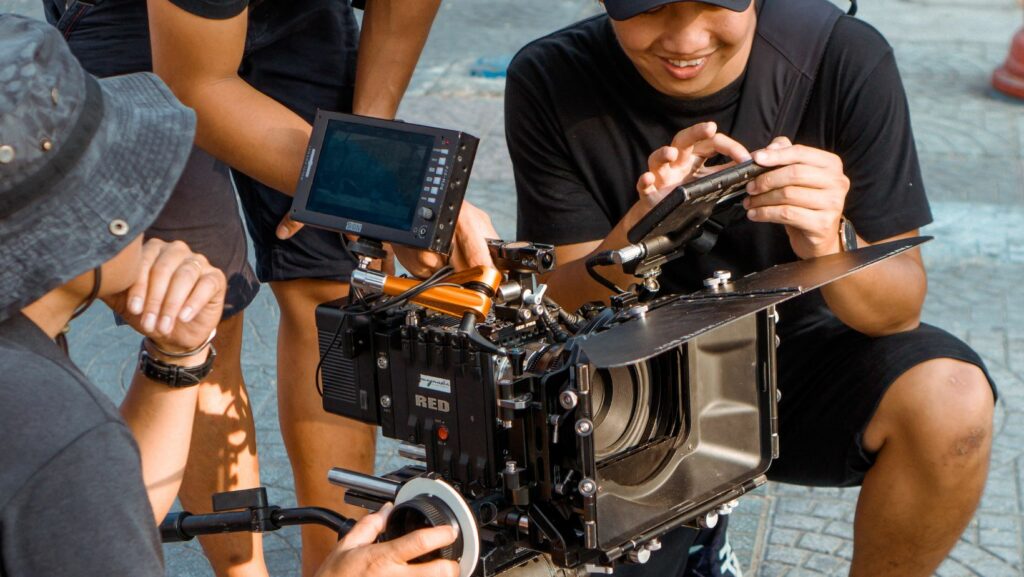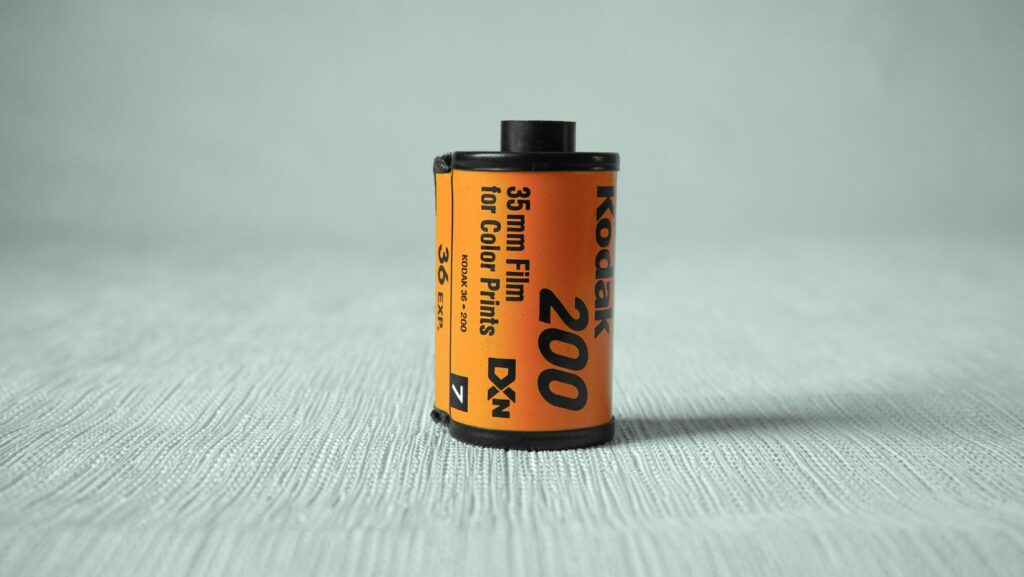Cinematic Elements in Film
In the world of cinema, every frame tells a story far beyond its characters and dialogue. Cinematic elements are the building blocks that transform a simple narrative into a captivating visual experience. From lighting and camera angles to sound and editing, these elements work in harmony to evoke emotions and immerse audiences in the film’s universe.

Understanding these components can deepen one’s appreciation for the art of filmmaking. Directors and cinematographers meticulously craft each shot, using elements like color and composition to convey mood and meaning. The interplay of these techniques not only enhances storytelling but also influences how viewers perceive and connect with the narrative.
As audiences continue to seek richer, more engaging movie experiences, the role of cinematic elements becomes ever more crucial. By exploring these facets, one can uncover the hidden layers of a film, gaining insight into the creative choices that bring stories to life on the big screen.
The Importance of Cinematic Elements in Film
Cinematic elements play a crucial role in film, shaping the way stories unfold and resonating with audiences emotionally. Lighting creates mood and influences how viewers perceive a scene. For example, soft lighting can evoke warmth and intimacy while harsh lighting may create tension.
Camera angles and movement define perspective. High angles can make characters appear vulnerable, whereas low angles imbue them with power. Movement—from static shots to dynamic tracking shots—guides viewer focus and heightens narrative engagement.
Sound enriches the cinematic experience. Background scores set the emotional tone, while sound effects add authenticity to the scene. Dialogue delivery further influences character development, as tonal variations convey different emotions and intentions.

Editing determines the film’s pacing. Quick cuts build suspense, while longer takes allow for detailed exploration of scenes. Transitions facilitate the narrative flow, linking scenes seamlessly and maintaining audience interest.
These elements work in harmony, crafting an immersive visual and auditory spectacle. Directors and cinematographers manipulate these components, creating layered narratives that deepen the viewer’s understanding and enjoyment of a film.
Visual Storytelling
Visual storytelling in film weaves narrative elements with visual components to convey stories effectively. Through cinematic artistry, films engage and connect with audiences.
Cinematography and Its Impact
Cinematography shapes how stories unfold on screen. By manipulating elements like framing, composition, and camera movement, cinematographers create visual language that expresses tone and emotion. Framing choices determine focus, highlighting specific details that drive the narrative. Composition techniques, such as the rule of thirds, guide viewer attention and convey meaning. Camera movements like pans and tracking shots add dynamism, influencing the story’s pace and viewer engagement. Roger Deakins in “1917” utilized continuous shots to immerse audiences in the film’s wartime environment, showcasing effective cinematographic storytelling.
The Role of Production Design
Production design defines the film’s visual world, enhancing setting authenticity and supporting storytelling. Designers craft environments that reflect time period, cultural context, and character lifestyle. Set elements like props and color schemes enrich the narrative by providing visual cues about themes or character traits. In “The Grand Budapest Hotel,” Wes Anderson’s meticulous production design establishes a whimsical yet nostalgic atmosphere, serving as an active narrative component. Effective production design ensures viewers remain anchored in the film’s universe, amplifying storytelling and emotional impact.
Color serves as a powerful storytelling tool. Directors use color schemes to convey themes and emotions without words. Red indicates passion or danger, frequently featured in thrillers. Blue often suggests calmness or sadness, as seen in dramas. In “The Grand Budapest Hotel,” Wes Anderson employs pastel colors to reinforce the film’s whimsical tone. Complementary colors, like orange and teal, provide visual contrast and draw attention. Color changes during a film can signify character transformation, such as in “Hero,” where color scopes illustrate shifts in narrative perception.

Cinematic elements are the backbone of filmmaking, transforming stories into immersive experiences. By skillfully combining lighting, sound, camera work, and editing, filmmakers craft narratives that resonate emotionally and visually. These elements work in harmony to create a seamless blend of storytelling and artistry, ensuring films captivate and engage audiences. As viewers continue to seek richer cinematic experiences, the mastery of these techniques remains crucial. Understanding the intricate interplay of these components allows audiences to appreciate the depth and creativity involved in filmmaking, highlighting the enduring power of cinema to inspire and evoke emotion.

